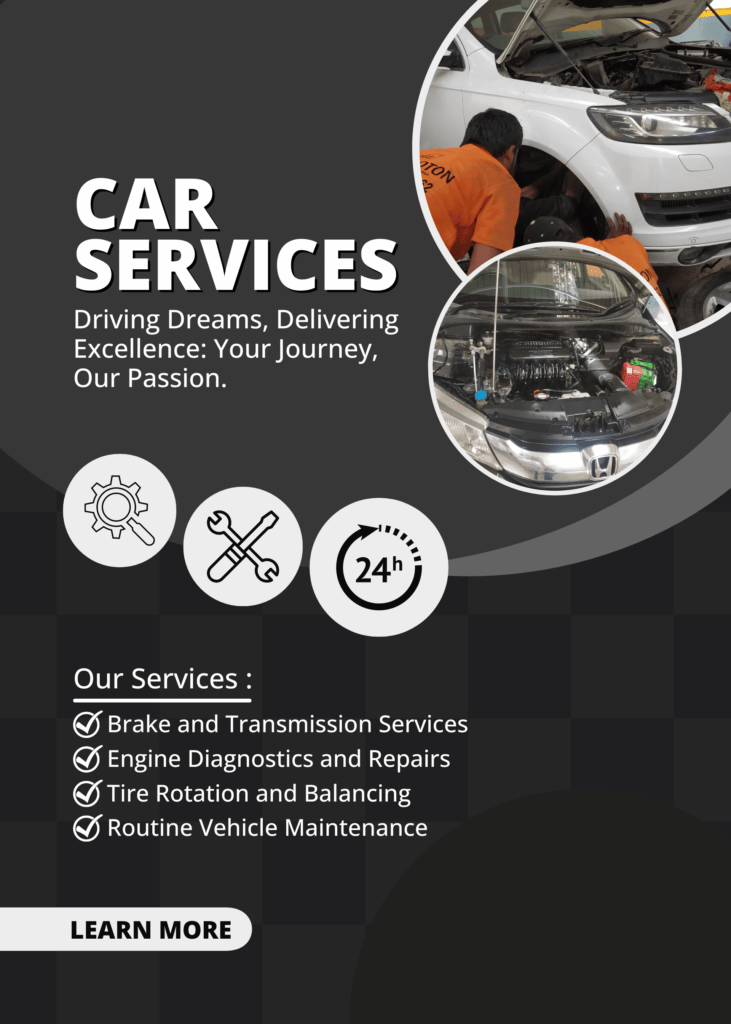In the ever-evolving world of automotive technology, AMT (Automated Manual Transmission) has emerged as a popular choice for car enthusiasts and everyday drivers alike. Let’s delve into what AMT is, how it works, and its advantages and disadvantages.
What Is AMT?
AMT stands for Automated Manual Transmission. It combines the best of both manual and automatic transmissions, offering the convenience of automatic shifting without completely eliminating the control that manual gearboxes provide. Here’s how it works:
- Manual Gearbox Base: An AMT system is built upon a traditional manual gearbox. It retains the same gear ratios and mechanical components found in a manual transmission.
- Automated Clutch and Actuators: Instead of a conventional clutch pedal operated by the driver, an AMT uses an automated clutch. Actuators control the clutch engagement and disengagement, allowing the system to shift gears automatically.
- Electronics and Sensors: AMTs rely on electronic control units (ECUs) and various sensors to monitor engine speed, vehicle speed, throttle position, and other parameters. These inputs guide the shifting process.
- Gear Shifting: When the driver selects a gear (either manually or automatically), the AMT system engages or disengages the clutch and shifts gears accordingly. The gear changes are seamless and quick.
Advantages of AMT:
- Cost-Effective: AMTs are more affordable than full-fledged automatic transmissions. Manufacturers can offer AMT variants at a lower price point, making them accessible to a wider audience.
- Fuel Efficiency: AMTs can improve fuel efficiency compared to conventional automatics. They allow precise gear changes, optimizing engine performance.
- Ease of Use: Drivers who prefer automatic transmissions but still want some control appreciate AMTs. There’s no need to manage a clutch pedal, yet you can manually override gear changes when desired.
- Low Maintenance: AMTs share components with manual gearboxes, reducing maintenance costs. They are less complex than traditional automatics.
Disadvantages of AMT:
- Jerky Shifts: Some AMTs exhibit jerky or hesitant gear changes, especially at low speeds or during sudden acceleration. This can be bothersome in stop-and-go traffic.
- Lag and Delay: The electronic control system may introduce a slight delay between gear changes. While modern AMTs have improved, there can still be a noticeable lag.
- Limited Smoothness: AMTs lack the seamless transitions of fully automatic transmissions. The clutch engagement can feel abrupt, affecting overall driving comfort.
- Not Ideal for Enthusiasts: Hardcore driving enthusiasts often prefer manual transmissions for the direct connection to the drivetrain. AMTs, while convenient, don’t offer the same level of engagement.
Here are some popular cars in India equipped with AMT (Automated Manual Transmission):
- Maruti Suzuki Alto K10:
- Engine: 1.0-liter petrol
- Mileage: Up to 24.9 km/l with AMT
- Key Features: Cabin space, fuel efficiency.
- Maruti Suzuki Celerio:
- Engine: 1.0-liter petrol
- Key Features: Spacious cabin, ease of use.
- Maruti Suzuki WagonR:
- Engine: 1.0-liter petrol
- Key Features: Practical design, reliability.
- Hyundai Grand i10 Nios:
- Engine: 1.2-liter petrol
- Key Features: Modern styling, comfortable interiors.
- Tata Punch:
- Feature Highlights: Bold design, rugged appeal.
- Maruti Suzuki Baleno:
- Feature Highlights: Premium features, spacious interiors.
- Mahindra XUV300:
- Feature Highlights: Safety features, powerful engine.
- Tata Nexon:
- Feature Highlights: Stylish design, good ride quality.
Remember that AMT technology has improved significantly over the years, making it a viable choice for those seeking the convenience of automatic transmissions without compromising too much on control and affordability.. AMT technology continues to evolve, addressing its drawbacks and enhancing user experience. As car manufacturers invest in research and development, we can expect even better AMT systems in the future. Whether you’re a city commuter or an enthusiast, AMTs provide a compelling middle ground between manual and automatic transmissions.


